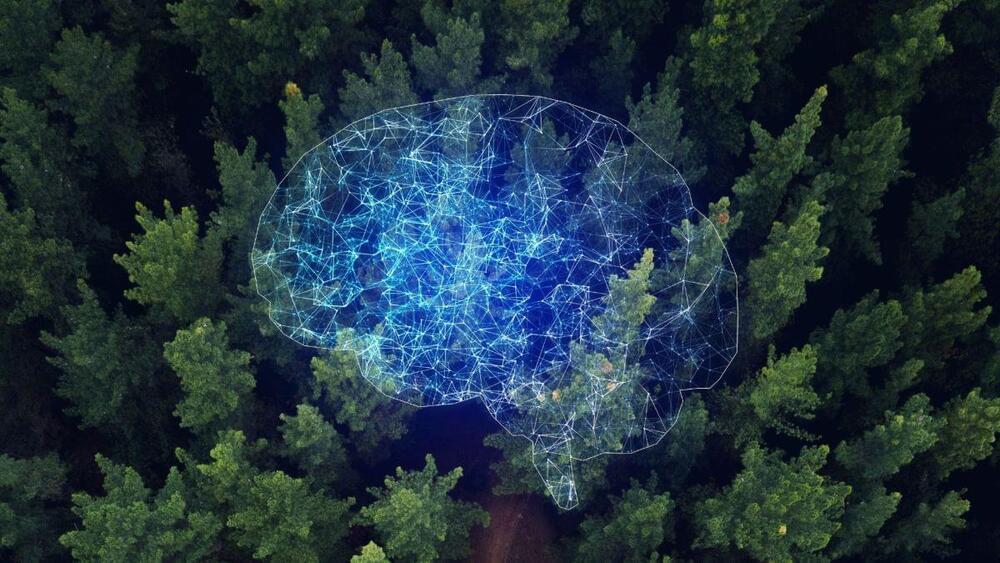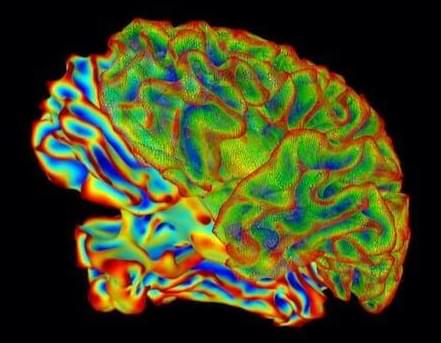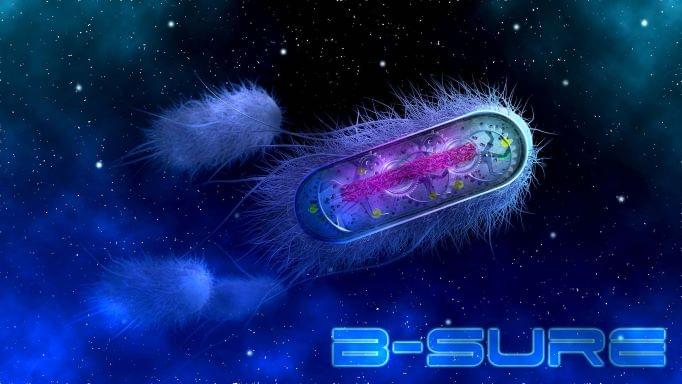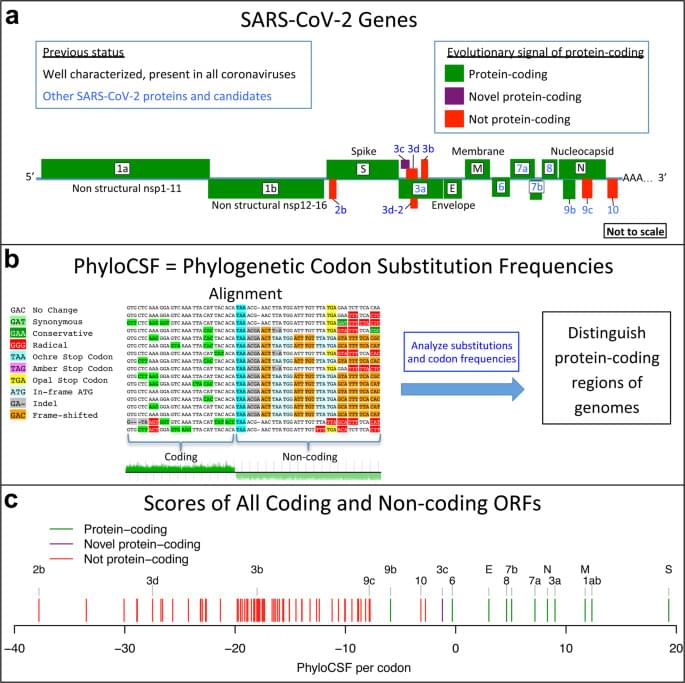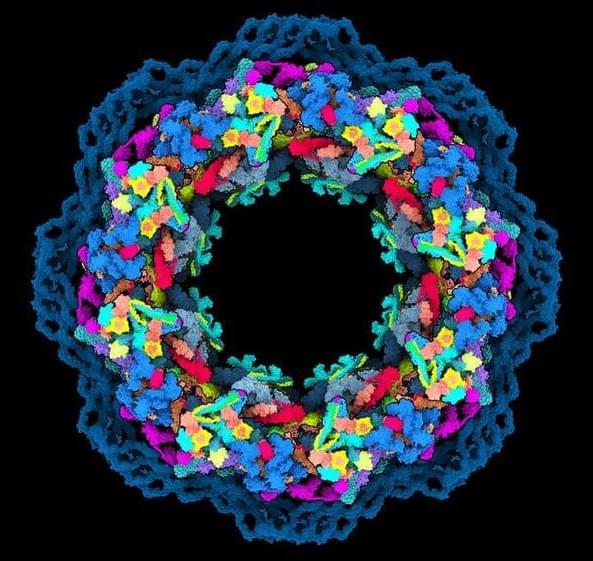Western intelligence agencies fear Beijing could within decades dominate all of the key emerging technologies, particularly artificial intelligence, synthetic biology and genetics.
China’s economic and military rise over the past 40 years is considered to be one of the most significant geopolitical events of recent times, alongside the 1991 fall of the Soviet Union which ended the Cold War.
MI6, depicted by novelists as the employer of some of the most memorable fictional spies from John le Carré’s George Smiley to Ian Fleming’s James Bond, operates overseas and is tasked with defending Britain and its interests.


